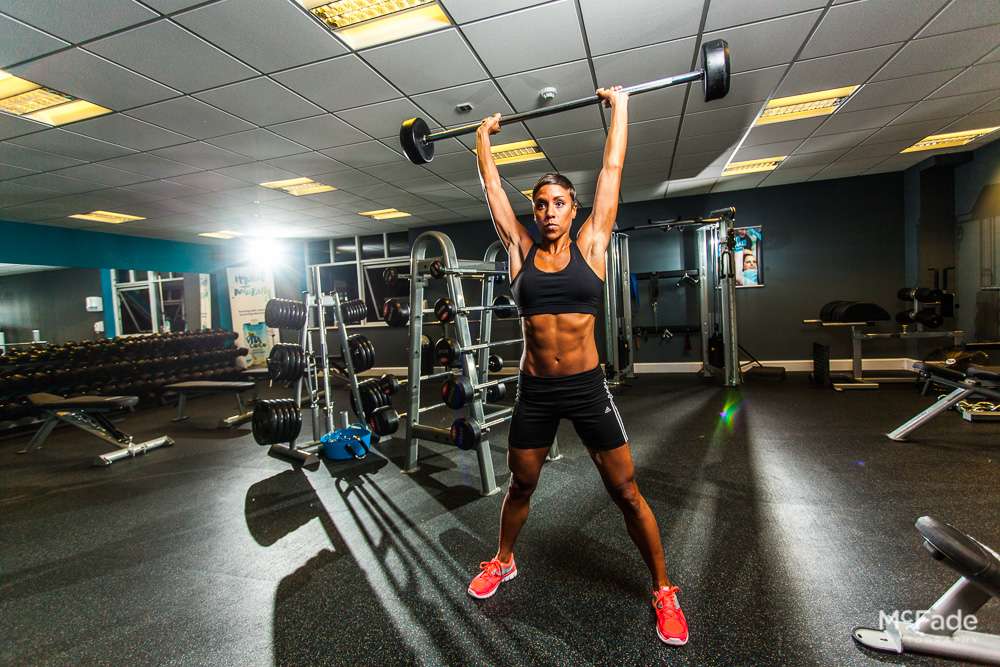Photography, when roughly translated from the original Greek, means “writing with light”.
You may have known that already, but when you think about it, it doesn’t really mention “subject” or “composition”, or anything technical about the camera. It’s just the recording of “light”.
One of the points we make on the “Discover” workshops is to look for interesting “light” – on Friday afternoon I was in Headingley, a suburb of Leeds, which isn’t traditionally photogenic. But as the low, winter sun set, the light bounced off the long terraces creating something “interesting” out of a pretty mundane scene.
It got me thinking how I could summarise this for future workshops, and came up with this “guide”
- fantastic subject + poor light = possible great shot – though need to get creative
- Fantastic subject + good light = should get a good shot if your composition is ok
- mundane subject + poor light = probably not worth doing
- mundane subject + good light = need to be very aware, look carefully for points of interest, can get amazing shots with light/shadow interplay
You really can’t beat being in a fantastic location on a perfect sunrise with red clouds everywhere, but even if the light’s poor, you can, with imagination, get something decent.
If you’re somewhere pretty boring, then you’d think it’s never really worth having your camera with you – but if you look around you when the light’s bright, you get reflections, shadows, highlights colours… things that are out of the ordinary and are 100% light-dependant.
But even with great light, you need to “see” the light working for you. The next shot was taken at the same time as the photos above, but was looking away from the sunshine. It’s the same subject matter, but because of the way the light falls onto the buildings whilst you’re looking at them, the light isn’t working for you – there are no reflections or harsh contrasts, rather, a flat light which isn’t as interesting.
Compare that to this image of Ferrybridge Power station – the sun setting brightly behind the cooling towers, lighting the steam with an orange glow. Were we in front of the towers with the sun falling directly onto the towers, we’d get a very different, flat look to the structures.
So your position when taking the photo is as important as the light itself.
It’s all about being aware of the sun, the subject and your position, and making the most of it whilst the fleeting light lasts.
With portraits and smaller things, like cars or motor bikes, you can of course add your own light with flash.. but that’s a different blog 😉







